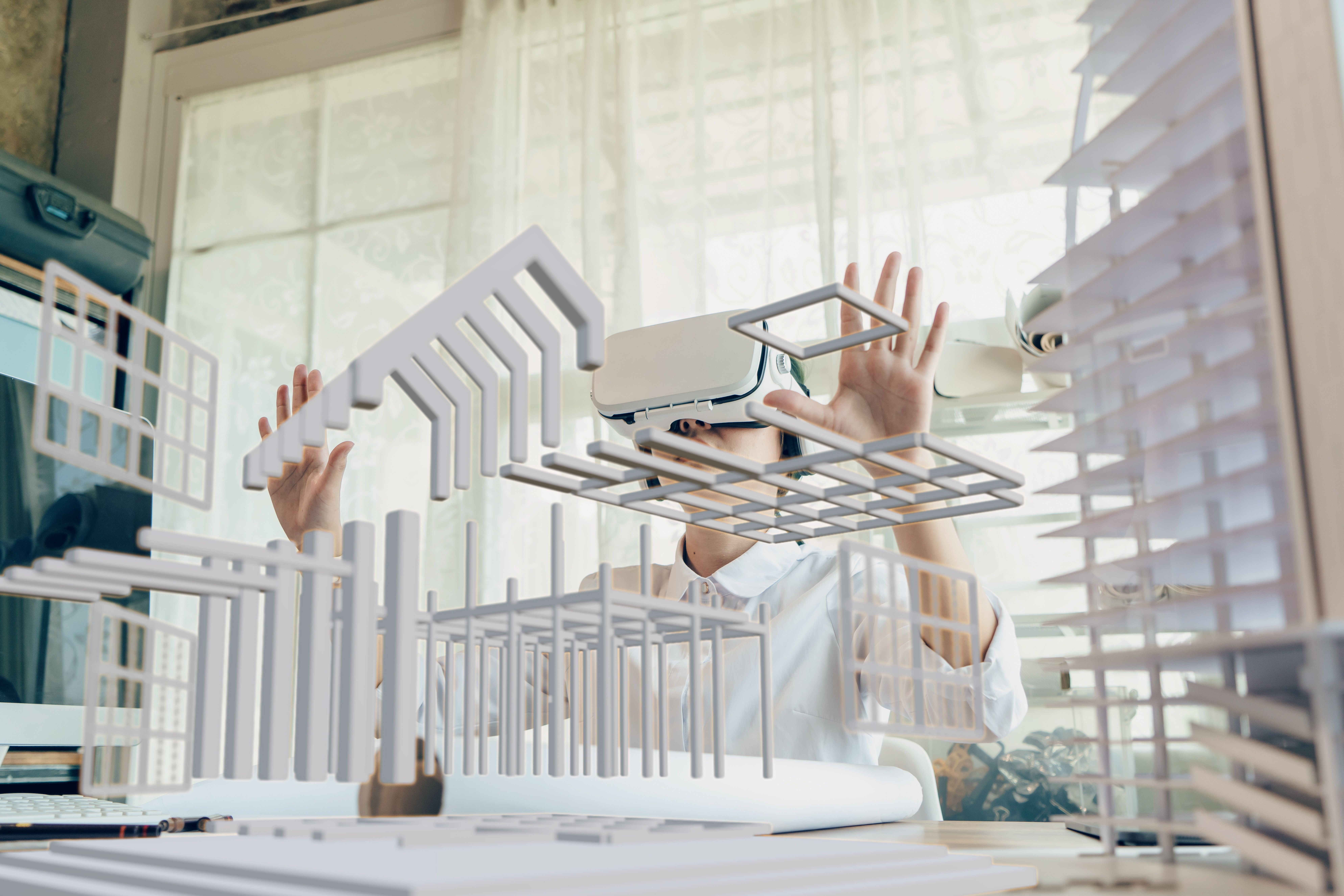Would you like to offer your customers a unique, customized shopping experience? If so, you need to learn about 3D product configuration. This powerful tool allows your customers to create custom products that meet their exact specifications. In this guide, we will discuss everything you need to know about 3D product configuration and how to use it to improve your sales.
All You Need to Know About Product Configurators
A product configurator is a computer program that allows users to customize products to their liking. For example, a customer might be able to choose a product's color, size, and materials before purchasing it. This type of program can be used in various industries, from apparel to automobiles.
In addition, product configurators offer several benefits for both businesses and customers. For businesses, they can reduce inventory costs and lead time, as well as improve customer satisfaction.
For customers, they provide a level of control and customization that was previously not possible. As the technology continues to evolve, it is likely that product configurators will become increasingly prevalent in the marketplace.
What Is a 3D Product Configurator?
A 3D product configurator can be understood as a computer software application that allows users to build specific products from scratch or configure existing products according to their preferences.
Thanks to 3D technologies, users can select products from various options, such as color, size, material, and features. Therefore, they can see a realistic real-time representation of their preferred products.
Moreover, 3D product configurations are essential for various industries, including manufacturing, automotive, and architecture. Consequently, they are an essential tool for businesses that need to offer customizable products, as they allow customers to design products that meet their specific needs and preferences.
Undoubtedly, 3D product configurations allow businesses to save time and money by eliminating the need for physical prototypes.
Our 3D product configurator can manage everything from web to mobile devices. Plus, we offer augmented reality (AR) visualization to give you a next-gen experience. Contact us today and see what Vection Technologies can do for you!
Benefits of 3D Product Configurators
3D product configurator software reports several benefits for businesses and customers. First, it allows you to increase the quality of leads; that is, the type of customers you attract with your product.
Second, implementing 3D product configurators in your business will lead to reduced sales cycles. In other words, it allows you to redefine your sales processes, making them more efficient. As a result, you will increase sales.
Finally, when you have 3D product configurators in your company, you will build a solid bond with your customers and reduce returns.
In What Industries are 3D Products Configurators Especially Helpful?
3D product configurators are essential to increase sales and customer engagement with products. Usually, this software is included in these industries:
- Luxury, retail, and e-commerce: 3D product configurators are helpful in these industries because they allow customers to engage with numerous products, supporting purchasing decisions.
- Automotive: in addition, customers may want to see their favorite vehicle, which justifies using 3D product configurators in car showrooms.
- Construction, architecture, and real estate: these industries see the benefits of this type of configurator since customers can appreciate their investment in a new home.
B2B vs. B2C Configurators
When it comes to configuring products, businesses have two main options: B2B and B2C product configurators. Both have their own advantages and disadvantages, and the best option for a given business will depend on its specific needs.
B2B configurators are designed for businesses that sell products to other businesses. One of the main advantages of B2B configurators is that they can be easily integrated into existing ordering systems. This means that businesses can continue to use their preferred ordering system while taking advantage of the features and benefits of a configurator.
In addition, B2B configurators typically offer a higher degree of customization than B2C configurators. This allows businesses to tailor the product to their specific needs and requirements. However, one of the disadvantages of B2B configurators is that they can be more expensive than B2C configurators. In addition, they may require businesses to invest in additional hardware and software, which can further increase costs.
B2C configurators are designed for businesses that sell products directly to consumers. One of the main advantages of B2C configurators is that they are typically less expensive than B2B configurators. Moreover, they often do not require businesses to invest in additional hardware or software.
Another advantage of B2C configurators is that they are often more user-friendly than B2B configurators. This makes them a good option for businesses that do not have the manpower or expertise to implement a more complex solution.
Nonetheless, one of the disadvantages of B2C configurators is that they may not offer the same degree of customization as B2B configurators. As a result, businesses may be unable to tailor the product to their specific needs and requirements.
How Can 3D Product Configurator Support B2B and B2C Sales?
3D product configurators can be used for both B2B and B2C sales. For example, a customer may be able to select different features and options for a product and see how those choices affect the price.
For consumers, 3D product configurators can be used to create custom products. Customers may be able to choose the style, color, and material for a pair of shoes and observe how those choices influence the end result.
Also, 3D product configurators can be used to create virtual mockups of products, particularly useful for planning purposes and marketing content that can be used in email campaigns or on social media.
How to Choose a Product Configurator? 4 Tips
When choosing a 3D product configurator, there are a few critical factors to remember.
Consider your business's needs and the products you will be configuring.
Make sure that the configurator can handle the complexity of your products and that it is compatible with your existing systems.
Take into account the user experience.
The configurator should be easy to use and understand, even for complex products.
Consider the price.
Product configurators can vary widely in price, so be sure to get a quote from several vendors before making a decision.
Make sure to test the configurator with a few sample products.
This is how you ensure that your 3D product configurator meets your needs.
A 3D product configurator is a powerful tool that helps customers create customized products. This can be done by allowing customers to select different options for colors, sizes, and other features.
The benefits of using a 3D product configurator are many-fold. They can help businesses in both the B2B and B2C spaces increase sales and better serve their customers.
When it comes time to choose a product configurator for your business, there are several factors you'll need to consider. We've outlined four tips to help make the process easier.
If you're looking for an unlimited product configuration solution that comes with augmented reality visualization, then Vection Technologies' Configurator is the answer. With our Configurator, you can manage an unlimited number of product variations for e-commerce purposes, from web to mobile devices. Plus, adding augmented reality (AR) to the mix unlocks next-generation visualization experiences that will take your business to the next level.

